Agent's Emotional Courtroom Testimony
Police officer Bruno Pinto took the stand in a highly charged courtroom, visibly thinner and wearing his formal PSP uniform. With a choked voice, he began by apologizing to the family and friends of Odair Moniz, acknowledging the difficulty of the situation for everyone involved. He immediately stated his disagreement with the prosecution's facts and began recounting his version of the events that led to the fatal shooting.
The Night of the Incident
Bruno Pinto described starting his patrol at 8:30 PM with colleague Rui Machado. Around 5:30 AM on Avenida that borders Cova da Moura, they observed a vehicle with "suspicious behavior" attempting to enter Rua 25 de Abril. The vehicle's maneuvers raised concerns, leading the officers to follow it back into Cova da Moura.
According to Pinto, the situation escalated quickly: "There were people in the street who had to move aside, otherwise they would have been run over." Odair Moniz's vehicle reportedly touched "four or five" cars before crashing into a parked vehicle. Pinto expressed initial concern that Moniz might need medical assistance given the impact speed.
The Confrontation Escalates
Pinto testified that he activated intermittent warning lights before entering Cova da Moura. His colleague Rui Machado exited first with a firearm, ordering Odair to get out of his vehicle. When Pinto exited and peered through the open door, he realized Moniz had emerged unharmed from the crash.
"My colleague started shouting when everything seemed fine, saying 'stop, on the ground'," Pinto recalled. Moniz exited with what Pinto described as a defiant attitude, repeatedly stating "I'm sick" while showing a bandaged hand. Pinto noted Moniz slowly moved upward, presumably trying to escape while repeating "I'm sick," "no gun," and "no baton."
The Moment of Violence
The situation turned explosive when Pinto attempted to handcuff Moniz. "I took out the handcuffs very quickly and tried to put them on Odair, but couldn't. He turned and punched me in the face. From there it was an explosive moment and neither of us controlled the forces, we were very breathless," the agent testified.
Pinto claimed he saw Moniz brandish what he believed to be a knife with an "upward hand movement to hit me" during the handcuffing attempt. When pressed by Judge Ana Sequeira about whether he actually saw a knife, Pinto first reiterated his claim but then admitted: "I cannot say 100%. I saw him raise what I believed to be a knife."
The Fatal Shots
Pinto described making two rapid shots in what he characterized as a dark, high-stress environment. "When I see his movement, the aggressiveness, that cunning and passive-aggressive attitude, I understood he wanted to get out of there at any cost. When I see him making the movement of going with his hand to the waist area, I see him with the knife in his hand and raising his hand. I immediately stepped back and shot at the lower zone, the leg area."
He explained the second shot: "When I looked at his face, I didn't see a reaction to the first shot, he kept his eyes open. At the second shot I saw his eyes close and fall." When questioned why he fired the second shot, Pinto responded: "It led me to believe it was a threat."
Critical Judicial Questions
Judge Carlos Camacho posed crucial questions: Would Pinto act the same way again? "No." Did he foresee the outcome? "No." Was he resigned to the result? "No" - while wiping his eyes.
The prosecution's case hinges on the autopsy revelation that the first shot was fired from approximately 50 centimeters - practically "point-blank." Prosecutor Pedro Lopes Pereira emphasized this detail, while Pinto maintained he believed the first shot was aimed at the legs.
Police Training and Equipment Questions
Judge Ana Sequeira questioned Pinto about his training and equipment decisions: "You had baton and pepper spray. How do you decide to use one or the other? Where did you learn, what training did you have that taught you what to do?"
Pinto explained: "We learn the escalation of coercive means. Our objective is to restrain the suspect. My colleague could have used pepper spray, but the conditions weren't favorable, it was cold. The firearm is the last resource when the baton isn't being effective. It serves to give warning shots."
He defended his decision not to use the baton, stating that given the resistance offered by Moniz, "it seemed like it would tickle him." Pinto added that people who consume narcotics have greater pain resistance and that Moniz appeared to have martial arts knowledge.
Evidence Presented in Court
The court viewed video evidence from the Police Scientific Laboratory and surveillance cameras showing the sequence of events. Judge Camacho described seeing "a shot in the air, and then a flash" before questioning where the first shot against Moniz struck, suggesting it might have been "very point-blank."
Context and Legal Proceedings
The trial collective is presided over by Judge Ana Sequeira, with Judges Carlos Camacho and Tânia Vidal completing the panel. Prosecutor Pedro Lopes Pereira is overseeing the case. The prosecution alleges that Pinto, despite his two years of experience, knew shots to vital body areas could cause death and nevertheless "wanted to inflict and inflicted shots," charging him with homicide.
Earlier in the proceedings, José Semedo Fernandes, lawyer for Odair Moniz's family, referenced the case of 14-year-old Elson Sanches (Kuku), also killed by PSP gunfire, where the officer was acquitted - noting the key difference being the availability of surveillance footage in Moniz's case.

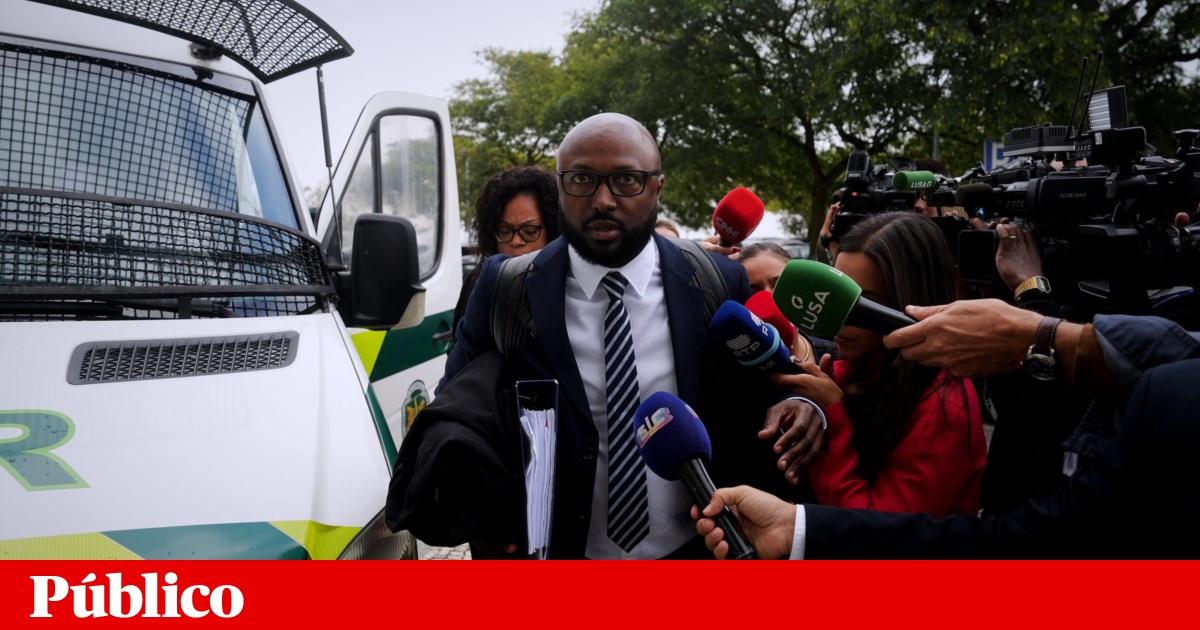


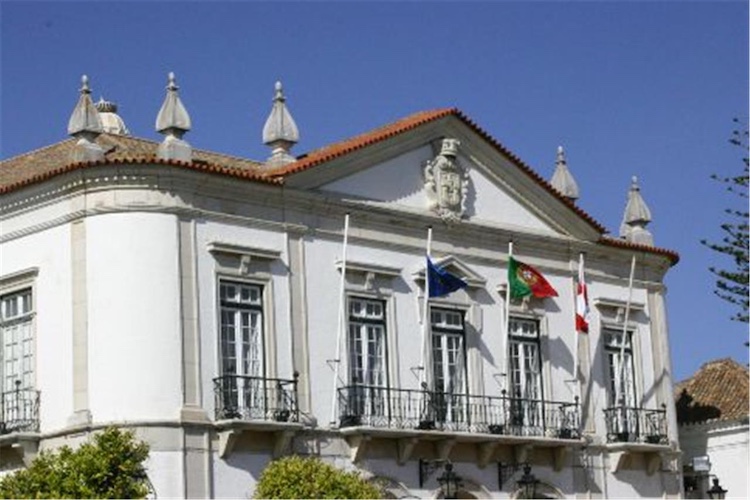
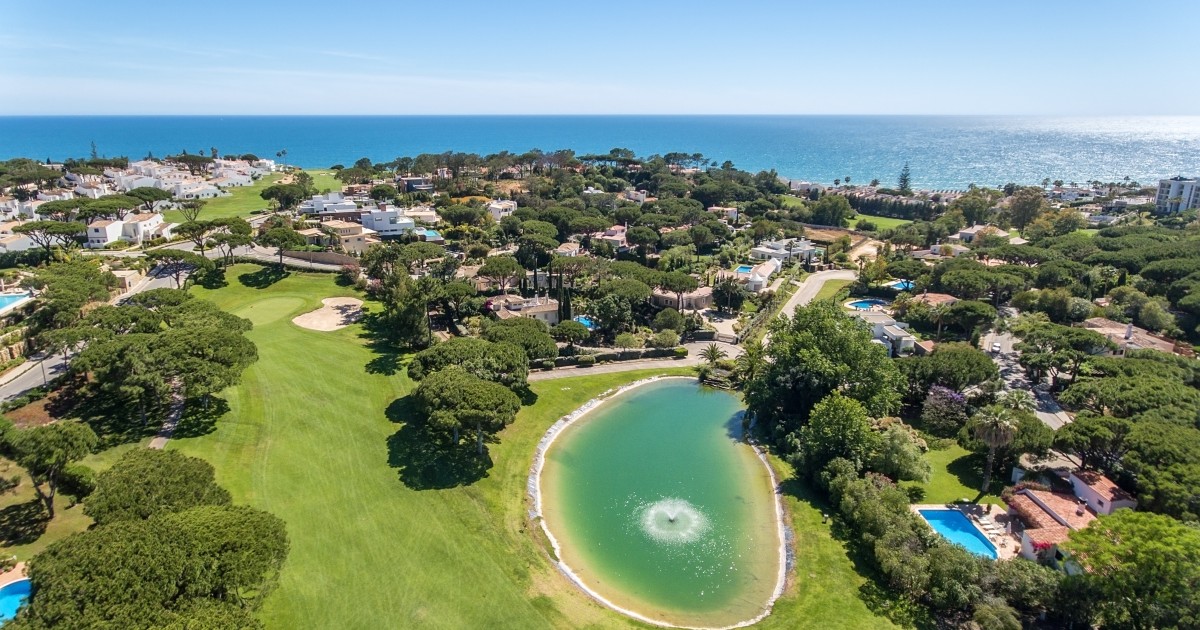
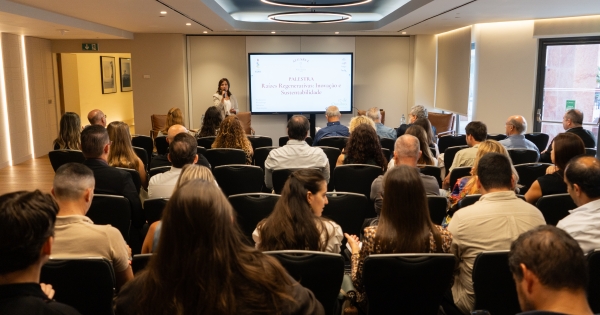
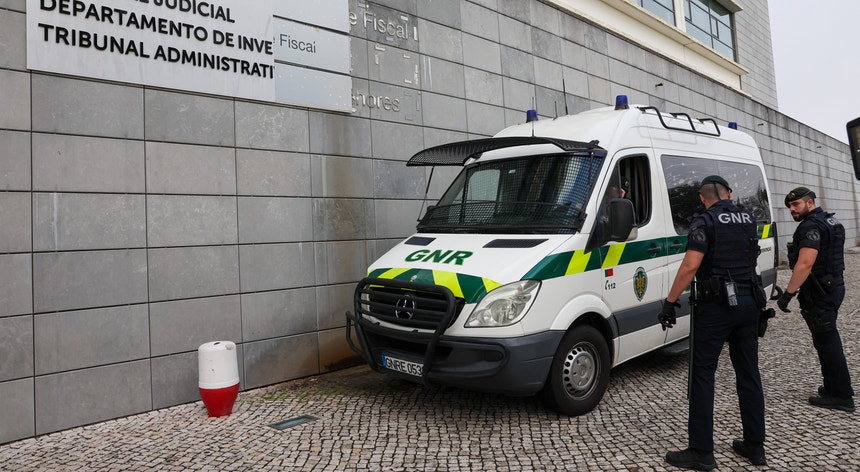

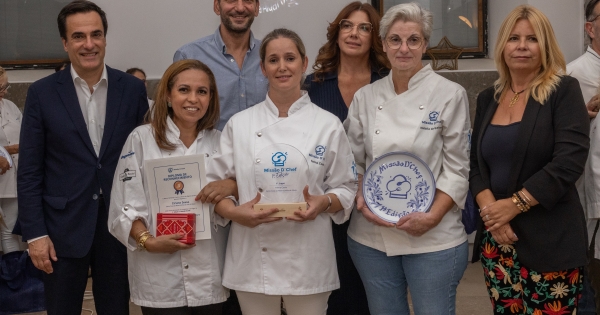
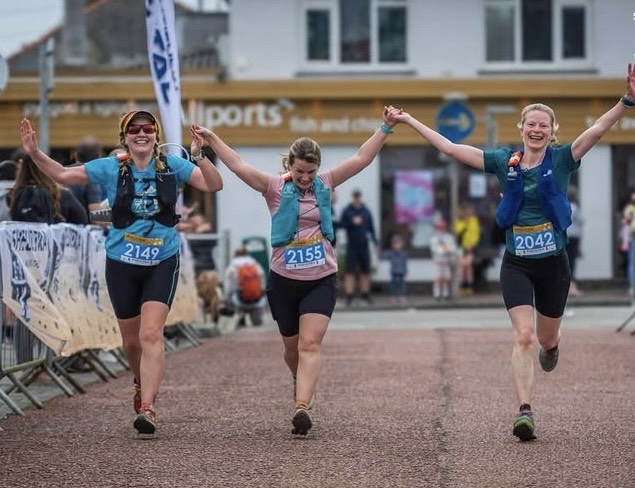
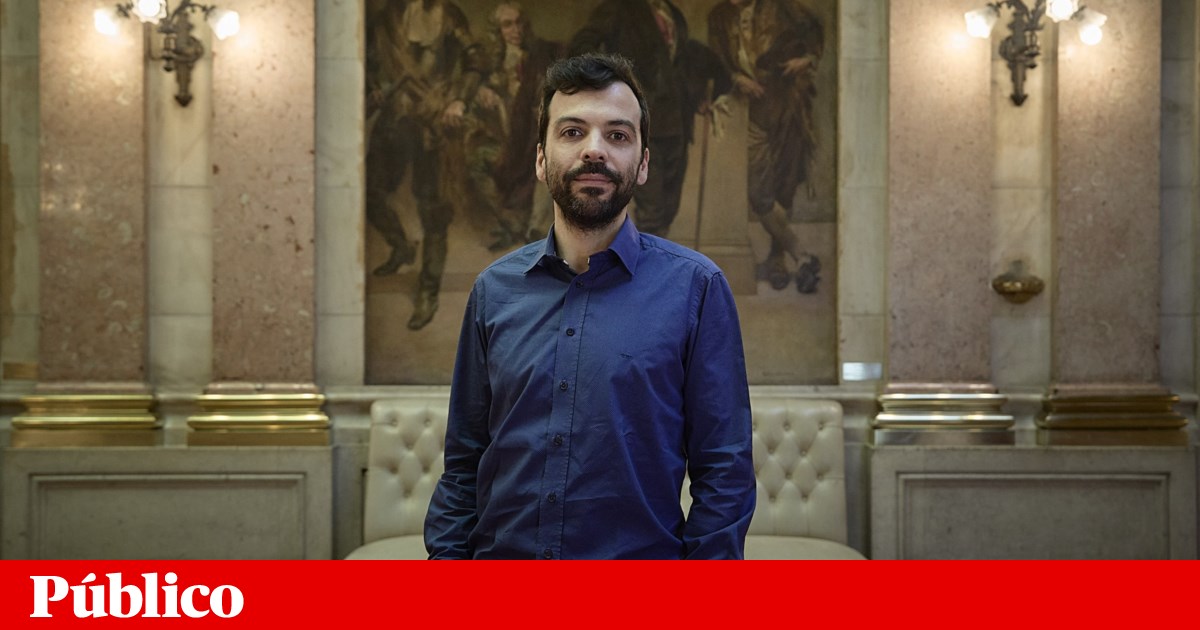


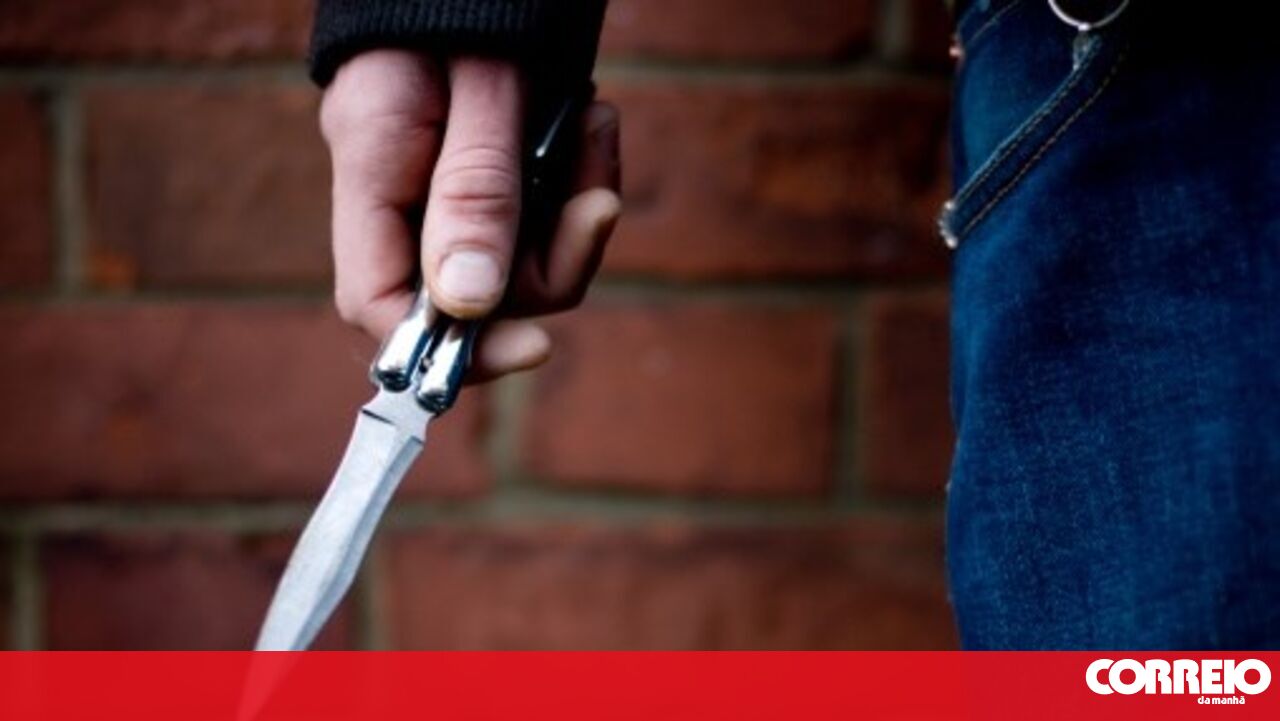




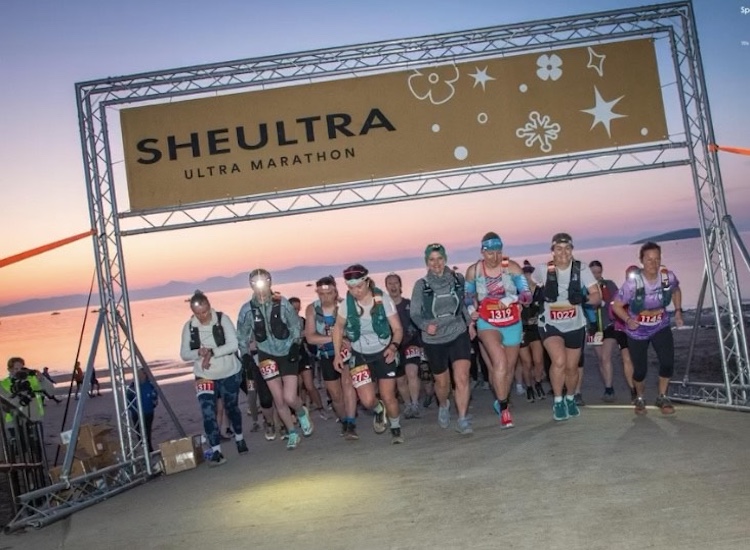
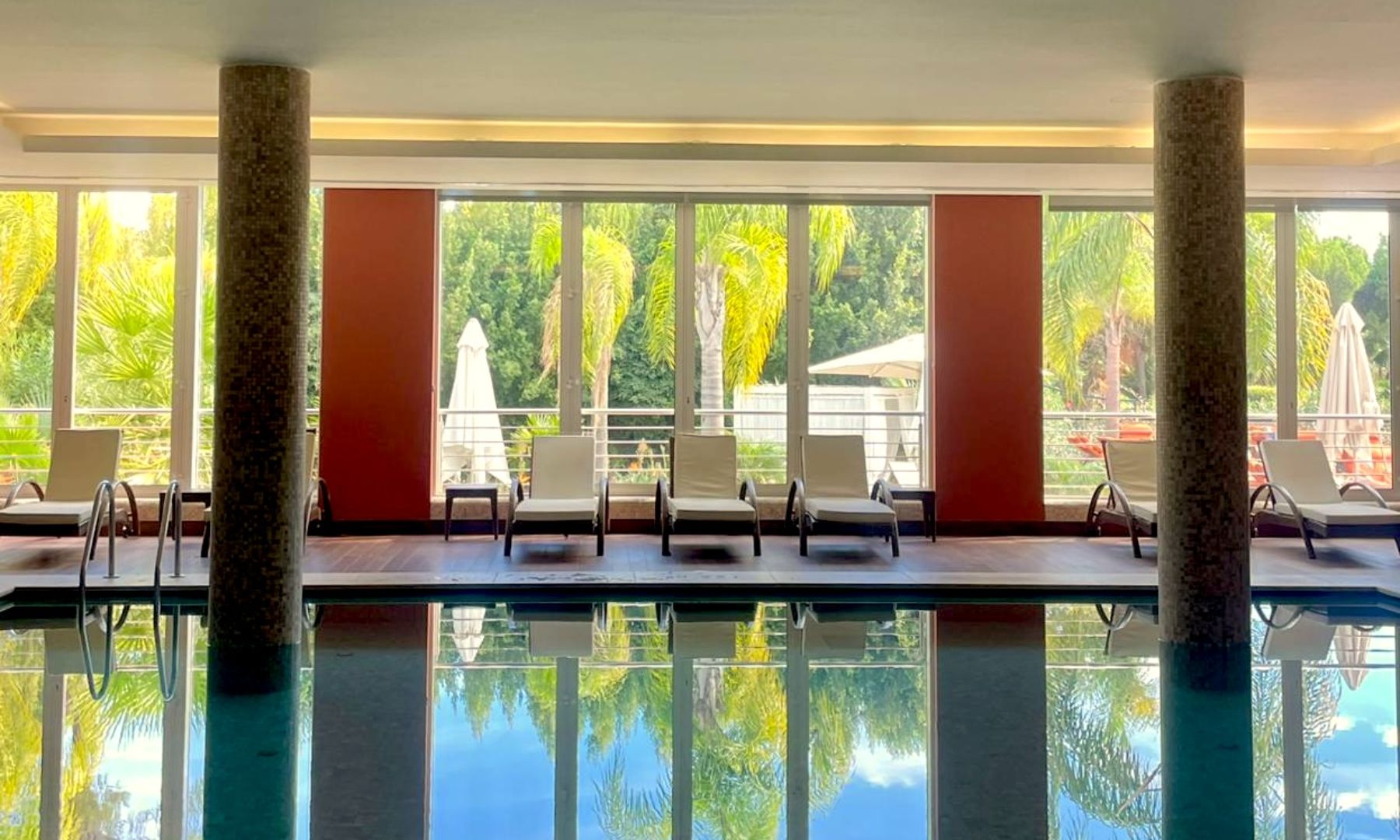

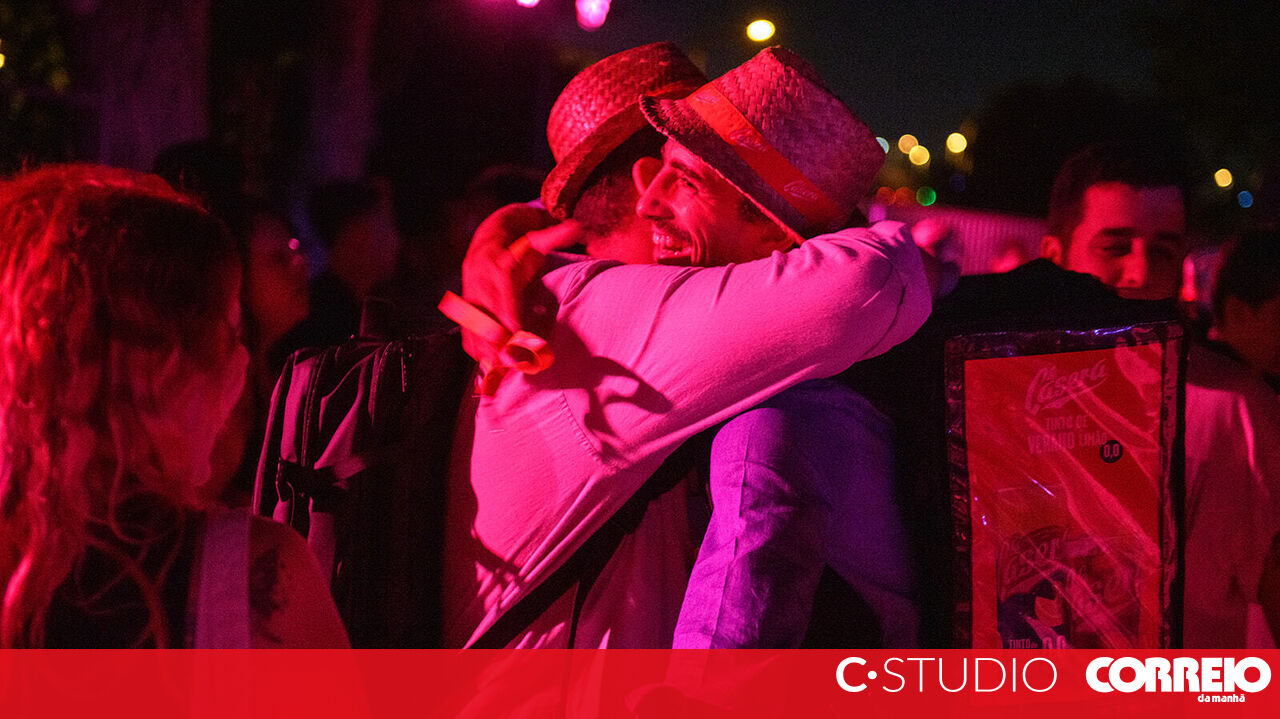




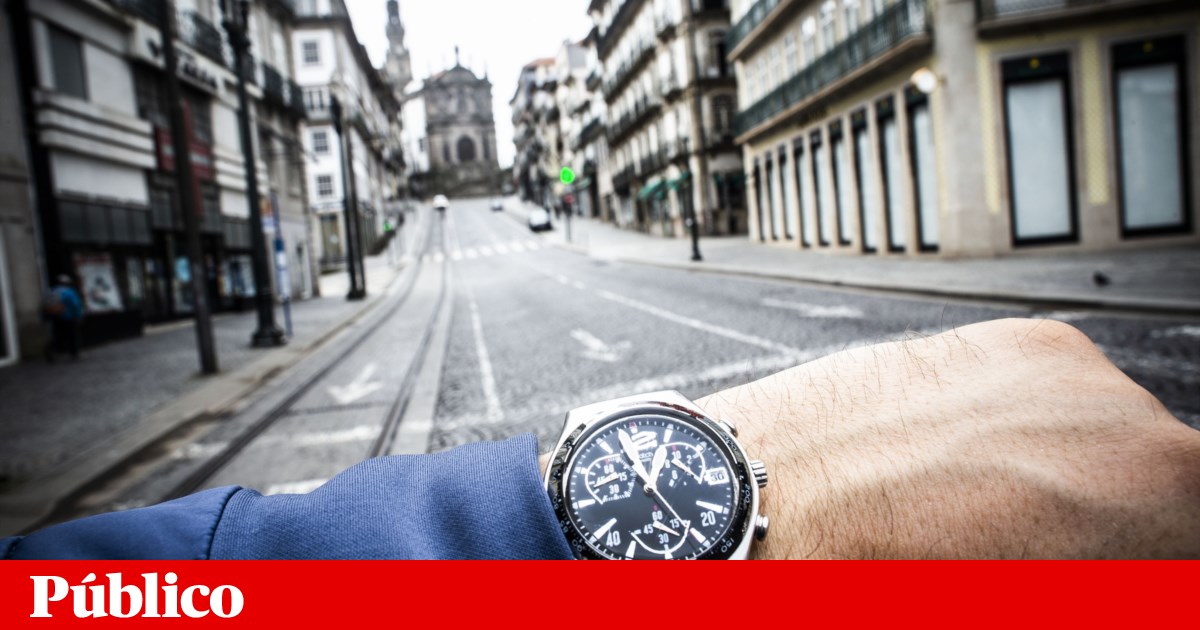
Comments
Join Our Community
Sign up to share your thoughts, engage with others, and become part of our growing community.
No comments yet
Be the first to share your thoughts and start the conversation!